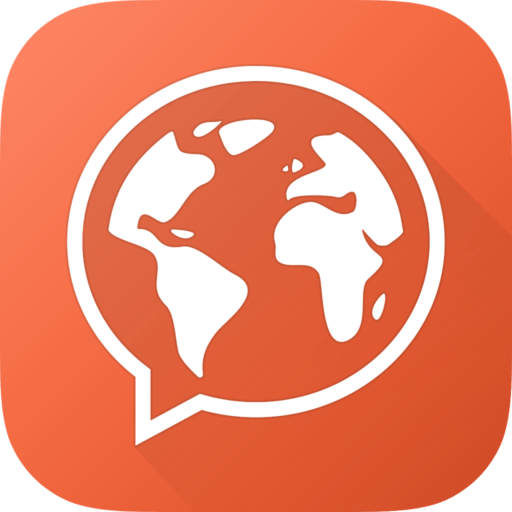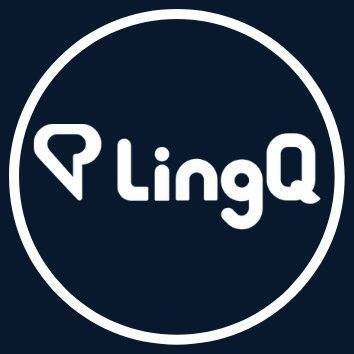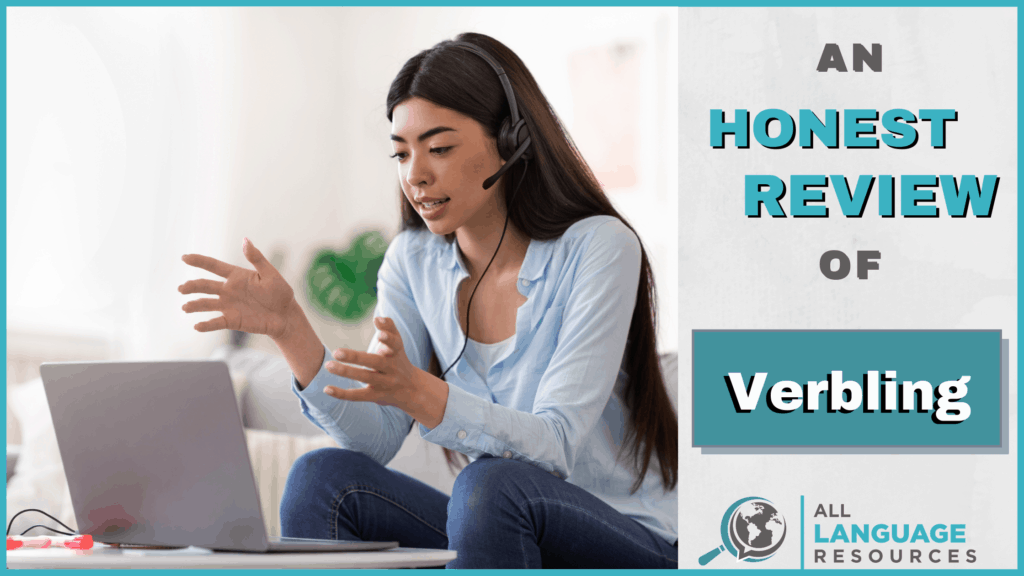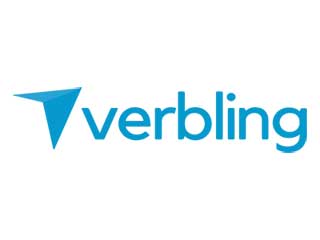70+ Danish Learning Resources – A Comprehensive Resource List
Finding your preferred Danish learning resources can be a challenge. We’ve compiled various Danish resources that’ll be essential in your language-learning journey.
Explore this list of Danish language resources, featuring lots of free resources and tools to help make your learning experience more worthwhile.
…70+ Danish Learning Resources – A Comprehensive Resource ListRead More »
70+ Danish Learning Resources – A Comprehensive Resource List Read More »












